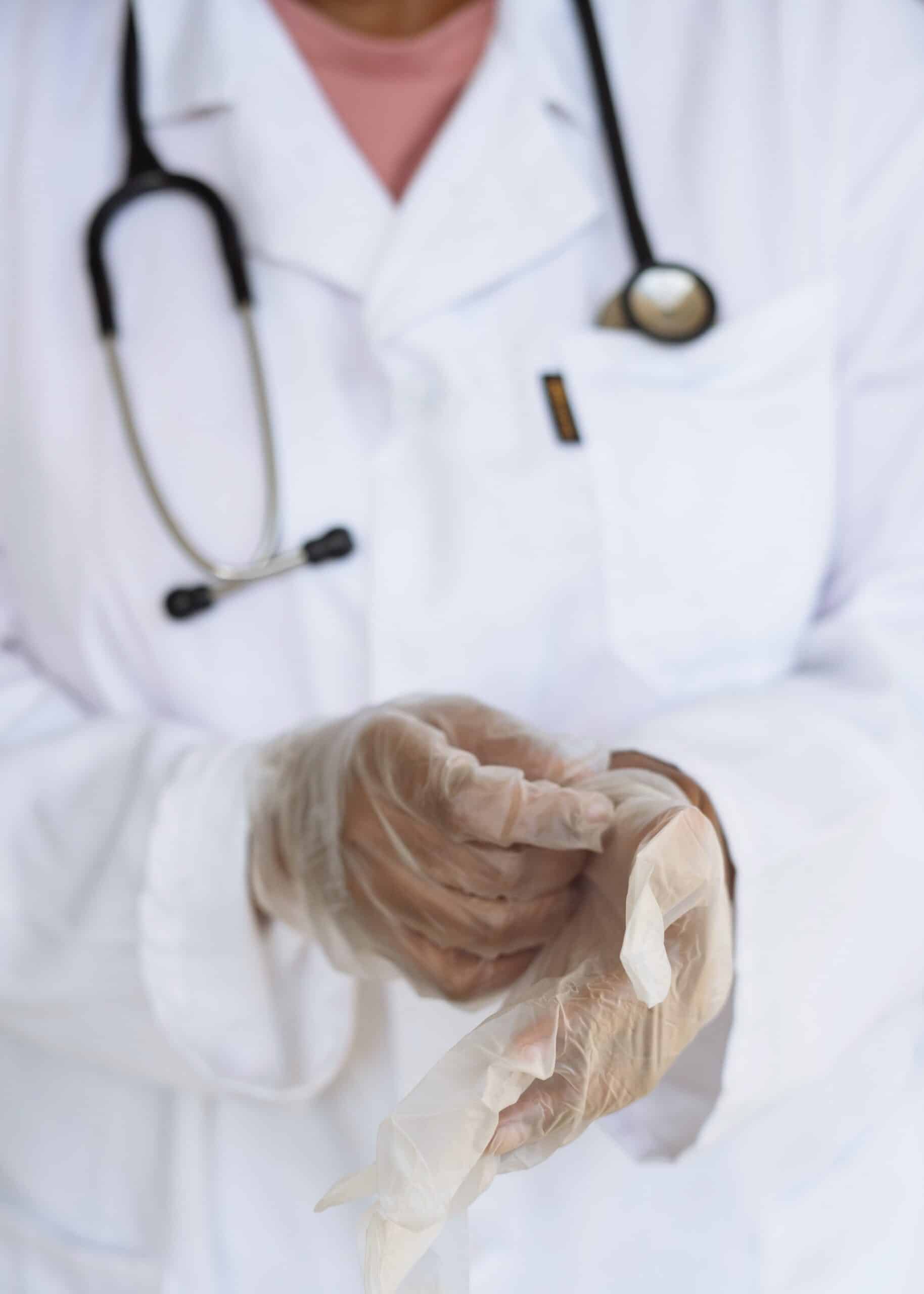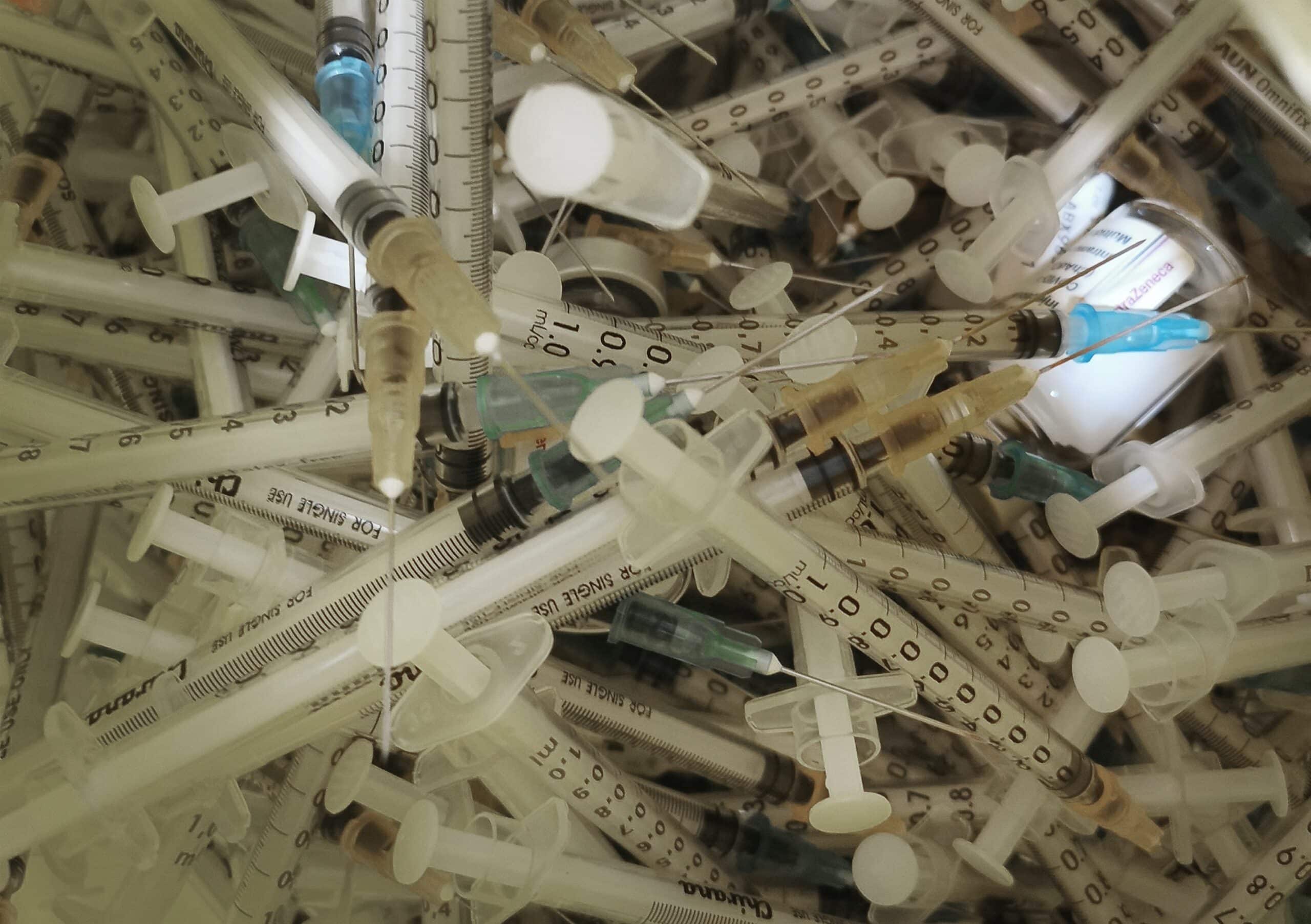What is Medical Waste?
The terms “medical waste” or “health care risk waste” refer to all waste generated by health-care establishments. They include waste generated by medical or other related practices.
Major sources of medical waste are:
- Hospitals, clinics, and other medical facilities
- Laboratories and research centres
- Animal research and testing labs
- Mortuary and autopsy centres
- Blood banks and collection services
- Nursing homes
Minor sources of medical waste are:
- Physician’s offices
- Dental clinics
- Pharmacies
- Home-based health care

Most of this waste, approximately 75% to 80% of the total amount, consists of general health-care waste that does not pose any particular risk to human health or the environment. It includes materials that have not been in contact with patients, such as glass, paper, packaging material, metal, food or other wastes that are similar to household wastes.
The remaining 20% to 25% of health-care waste includes that part of the healthcare waste that is generated as a result of patient diagnosis, treatment, or immunization. It is regarded as hazardous and may create a variety of health risks if not managed and disposed of in an appropriate manner. Hazardous medical waste may be classified into different types of waste according to the source, type and risk factors associated with its handling, storage, transport and ultimate disposal.

Hazardous medical waste categories:
- Infectious health-care waste
- Sharps
- Anatomical and pathological waste
- Chemical and pharmaceutical waste
- Radioactive waste.
Infectious Healthcare Waste
Infectious health-care waste includes all biomedical and health-care waste, such as discarded materials or equipment contaminated with blood and other body fluids, contaminated waste from patients known to have blood-borne infections, and laboratory waste, which has the potential of transmitting infectious agents to humans or animals. Infectious waste constitutes from 15% to 20% of all health-care waste. It must either be incinerated or be disinfected prior to final disposal through non-burn technologies, such as autoclaving and microwave treatment. Incineration is the method most commonly used in developing countries to dispose of infectious waste.
Pathological Waste
Pathological waste is waste containing pathogens that could cause disease to humans and animals. It includes blood, mucus and anatomical parts or tissues removed during surgery or autopsy, as well as other materials, such as laboratory cultures and stocks requiring special handling and disposal procedures. Anatomical waste is a subgroup of pathological waste and consists of human body parts, including amputated body parts and other anatomical waste that is recognizable by the public or health-care staff and that demand, for ethical reasons, special disposal requirements. Anatomical and pathological waste represents 1% of total healthcare waste and is always treated as potential infectious waste for precautionary reasons. In many countries, this waste is incinerated, but non-burn technologies can also be applied.
Chemical and Pharmaceutical Waste
Chemical waste includes discarded chemicals that are generated during disinfecting procedures or cleaning processes. Pharmaceutical waste consists of expired, unused, spilt and contaminated pharmaceutical products, drugs and vaccines, as well as discarded items used in the handling of pharmaceuticals (such as bottles or vials). Waste in this category includes a multitude of preparations ranging from pharmaceuticals and cleaning agents not posing any risk to human health and the environment to disinfectants containing heavy metals and specific medicines containing a large variety of hazardous substances. Chemical and pharmaceutical waste constitutes 3% of all medical waste. It should be disposed of in an appropriate waste disposal facility, according to the risk it poses. Whenever feasible, the best option is to return old pharmaceuticals/chemicals to the manufacturer for reuse of active ingredients or proper disposal.
Radioactive Waste
Medical radioactive waste may be defined as radioactive waste arising from diagnostic, therapeutic and research applications in medicine. It includes spent radionuclide generators and spent sealed radiation sources, anatomical and biological waste from patients administered with radionuclides, and miscellaneous solid dry waste (for example, gloves, paper tissues and equipment parts) containing small amounts of radioactivity. The majority of radioactive waste generated by health-care establishments is classified as “low–level waste”. Most of the radioisotopes used in hospitals for medical diagnostic procedures and treatments are very short-lived, and in most cases the only treatment needed is segregation and storage for decay before further treatment to eliminate biological hazards and/or release into the environment.
